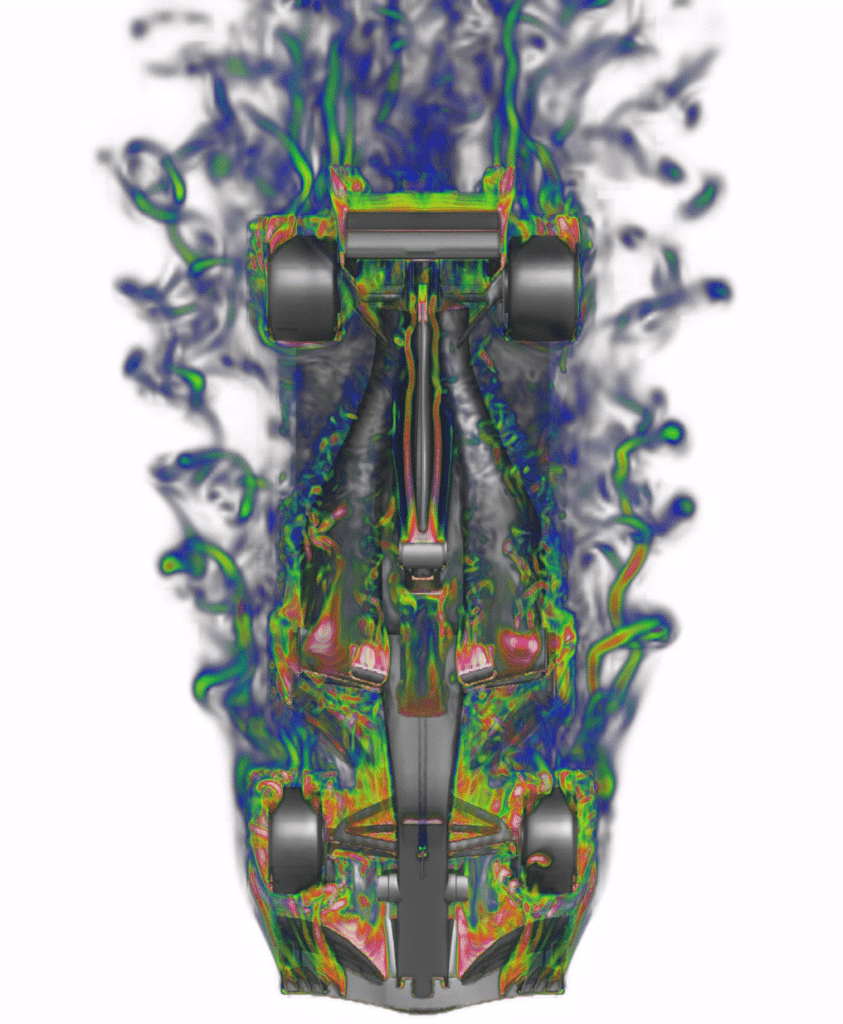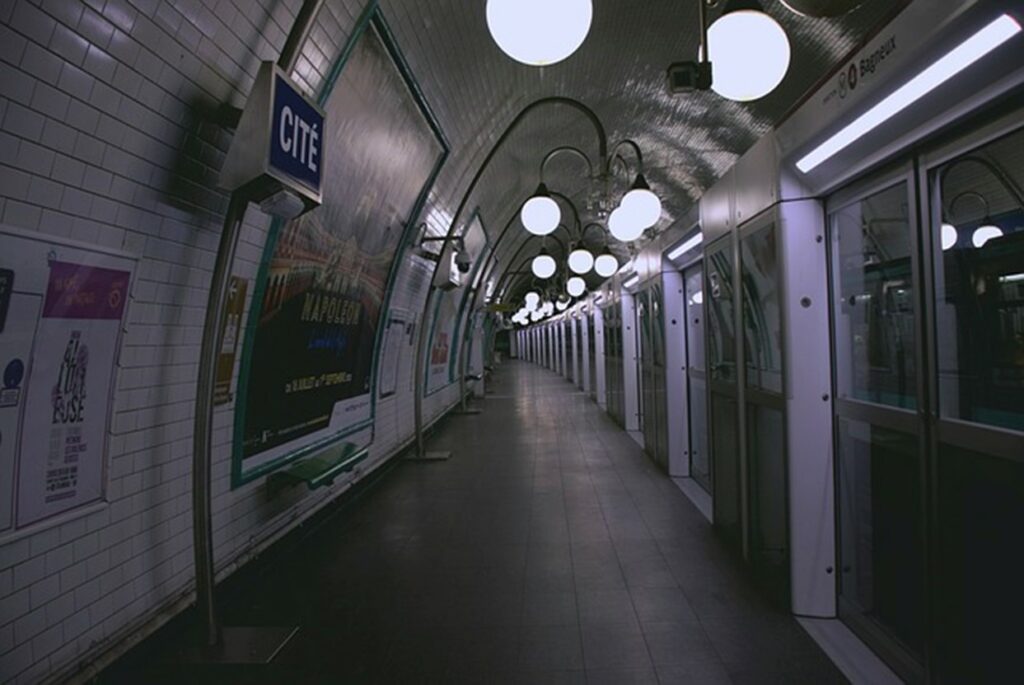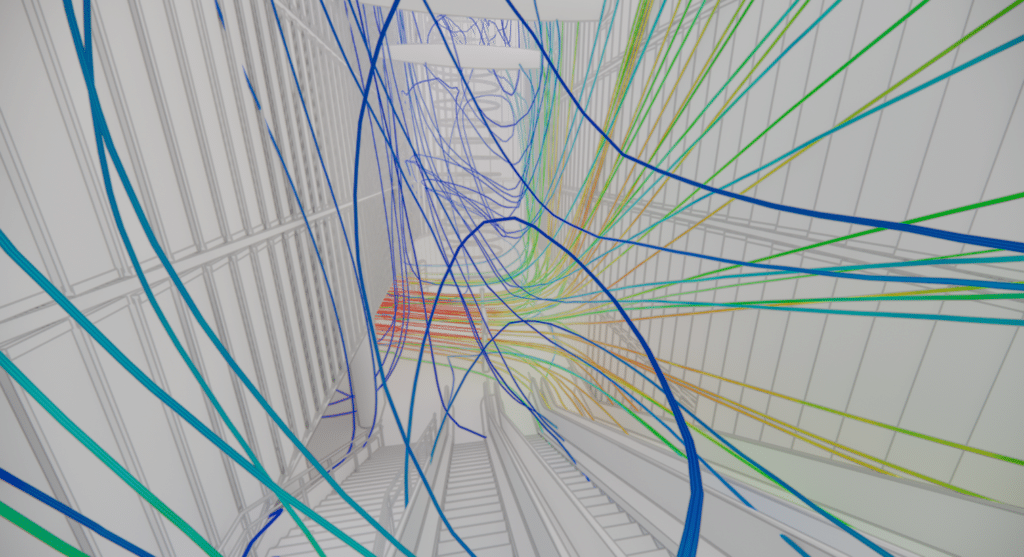Study of air quality in metro stations
Home » Air & Wind » Study of air quality in metro stations
EOLIOS specializes in air quality studies for underground spaces: tunnels, stations, subways, etc.
- Modelling the atmospheric release of pollutants
- Indoor air quality study
- Fine particle concentration study
- Impact studies for new industrial sites
- Site audits, surveys and measurements
- Study of dust pollution
- Odor propagation studies
- Covid and virus risk study
- Sizing of pollutant capture systems in industry and laboratories
Our Air & Wind projects :
The impact of poor air quality in underground rail spaces (Metro or RER stations)
Air quality in railway stations
Since the early 2000s, air quality measurements have shown that, on average,airborne particle concentrations in rail areas in France are three times higher than in urban outdoor air.
The concentration of particulate matter measured in the air is often expressed in terms of PM10 and PM2.5. These particles penetrate the respiratory tract, with the finest particles deposited directly in the alveoli of the lungs.
What’s more, the composition of fine particles observed in railway environments is quite different from that of outdoor air, with high concentrations of metallic elements, particularly iron, as well as elemental and organic carbon. Specific to underground rail activity, this pollution is caused by wear and tear of materials due to train braking, friction between wheels and rails, and the resuspension of dust due to train movement.
The consequences of poor air quality
Epidemiological and toxicological data suggest that there could be serious cardiorespiratory impacts, given the biological consequences observed in terms of inflammation, oxidative stress and cardiovascular activity in workers in charge of maintaining this type of infrastructure. In view of these observations, ANSES confirms the need to reduce fine particle pollution in underground railway areas, and therefore to pursue actions in this direction, such as the study and improvement of ventilation in these environments.
Regulations and recommendations for air quality in underground rail spaces
In view of the dangers they represent, European directive 2008/50/EC recommends a maximum concentration of PM 10 particles in the air in underground railway spaces ranging from 940 μg/m³ (for a station frequented on average 30 minutes a day by its users) to 260 μg/m³ (for a station frequented 2 hours a day by its users). What’s more, the WHO would recommend for the same conditions a concentration at least three times lower than this proposed maximum concentration.
In addition, constant air renewal is necessary in this type of public infrastructure. The minimum airflow rate imposed by the French Labour Code varies from 25 to 60 m³ per hour per occupant, a figure that varies according to the physical workload involved. On the other hand, the Règlement Sanitaire Départemental Type (RSDT) recommends an airflow of over 18 m³ per hour per occupant for all users.
Comprehensive expertise in underground air quality
Using CFD to improve air quality
The use of CFD (Computational Fluid Dynamics ) in studies of air renewal in underground environments offers many advantages. Thanks to this approach, we are able to accurately predict and analyze air flows, visualize circulation paths, identify stagnation and pollutant accumulation zones, and assess velocities and turbulence. This in-depth analysis enables us to understand air behavior and design efficient ventilation systems.
Our use of CFD enables us to optimize ventilation in underground environments. By analyzing simulation results, we determine the optimum locations for air inlets and outlets, the sizing of air ducts and the flow rates required for adequate air renewal. This optimization ensures efficient distribution of fresh air and reduces the presence of harmful pollutants or unpleasant odors.
Another application of CFD is the assessment of contaminants in underground environments. Using data on pollutant emissions, we simulate and predict the spatial dispersion of these contaminants.
This assessment enables preventive measures to be taken to minimize human exposure, and appropriate ventilation systems to be installed to eliminate these contaminants.
In short, the use of CFD in underground air exchange studies is a major asset for improving air quality. Thanks to our accurate and detailed simulations, we are able to understand, analyze and optimize air circulation, ensuring a healthy, safe and comfortable underground environment.
Modeling air movements generated by train passages
Study of air quality in an underground station during the construction phase
Numerical modelling of air movements generated by passing trains is a cutting-edge skill that is essential for understanding the impact on air quality in underground spaces. Thanks to transient CFD simulations, EOLIOS is able to accurately represent the interactions between trains and the surrounding air.
This approach enables us to analyze air flows, turbulence and pressure variations induced by train movements. With a better understanding of these phenomena, we can assess the consequences for
Simulation of vorticity around a train entering a station
In-depth on-site audit: air quality measurement
When it comes to studying air quality in underground spaces, EOLIOS also stands out for its meticulous approach and state-of-the-art equipment. Thanks to on-site audits, our engineers are able to accurately measure air velocities and the quantity of fine particles present in the underground environment.
To better understand the main aeraulic movements, we use smoke machines to reveal air flows and the zones through which particles pass. This crucial information enables us toidentify sources of problems and make appropriate recommendations on site.
These measurement campaigns also make it possible to improve the accuracy of simulations to ensure a faithful representation of reality, and toobtain accurate assessments of design solutions to check air quality compliance with required values.
What use is internal CFD simulation for underground spaces?
The type of technical solutions proposed to improve air quality
Several technical solutions are available to improve ventilation and air circulation in stagnant underground rail areas. Air ducts can be redesigned by modifying their location and dimensions, or by adding deflectors to optimize air flow.
The use of additional fans also improves air circulation, while air destratification systems can move accumulated warm air downwards for more even temperature distribution.
Mechanical ventilation systems can also be installed to remove stale air and introduce fresh air. Improving the airtightness of the space, limiting unwanted air leaks, can also sometimes be a necessary solution.
The installation of fine particle sensors can also provide an effective response to this challenge. These innovative devices are designed to trap and filter harmful particles in the air.
By capturing fine particles, they significantly reduce air pollution in underground spaces, helping to improve the quality of the air breathed by metro users.
As each situation is unique, it’s a good idea to call in experts in fluid mechanics to carry out an in-depth analysis and determine the most appropriate technical solutions to remedy air stagnation zones in underground rail spaces.
The benefits of improved air quality in underground spaces
Improving air quality in underground rail areas offers considerable advantages. First and foremost, it promotes the health and well-being of passengers. By reducing airborne pollutants such as fine particles, harmful gases and allergens, it reduces the risk of respiratory problems such as asthma and allergies. Travellers benefit from a healthier environment and can breathe better quality air while on the move.
Improved air quality also contributes to a more pleasant environment. By eliminating unpleasant odours that may be present in underground rail areas, it improves passenger comfort and makes their journeys more pleasant.
Improving air quality is also important for the prevention of disease and infection. By promoting better air circulation and reducing humidity, it reduces the risk of mold and other pathogens developing in underground areas. This helps preserve the health of travelers and staff working in these spaces, by minimizing the risk of respiratory infections and allergies.
Simulation of vorticity around a train entering a station - Study of the impact of piston effects
In addition to the benefits for health and well-being, improving air quality in underground rail areas helps to meet current standards and regulations. The relevant authorities set thresholds and guidelines to ensure good air quality in public spaces. By complying with these standards, rail operators can avoid potential legal problems and ensure that passengers enjoy good air quality during their journeys.
What’s more, a thorough study of air renewal in underground environments also offers economic benefits. By optimizing air circulation and eliminating areas with low air renewal, the costs associated with incorrectly designed and installed ventilation systems are minimized.
Finally, improved air quality contributes to a positive image of public transport. By offering a healthier, more pleasant underground environment, rail operators boost passenger satisfaction and encourage the use of sustainable modes of transport. This can also attract new users who appreciate the efforts made to provide a quality travel environment.
In short, improving air quality in underground rail areas brings significant benefits for passenger health and well-being, prevention of illness and infection, compliance with standards and regulations, the positive image of public transport, and user satisfaction. This creates a healthier, more pleasant and attractive underground environment for all public transport users.












